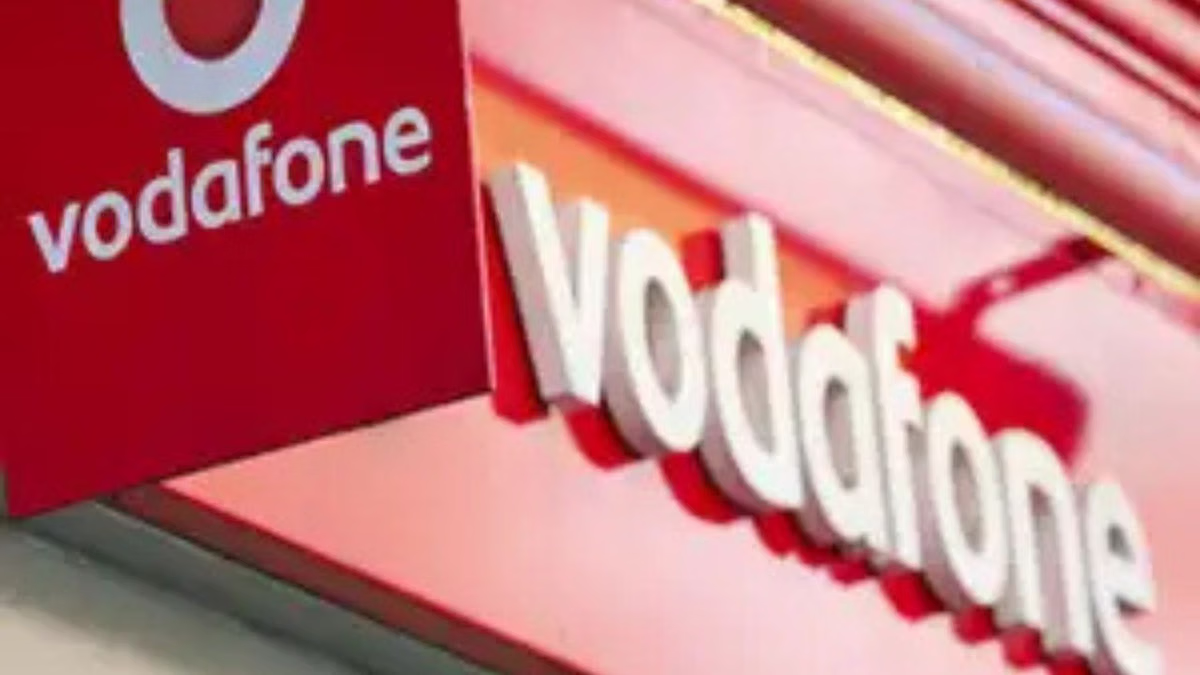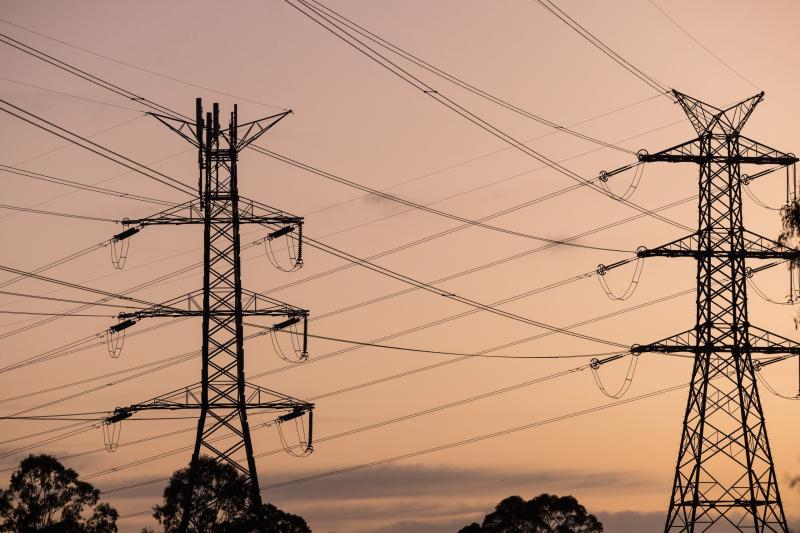Introduction
Connected to millions globally, Vodafone is one of the world’s leading telcos. Even with an extensive infrastructure in place, connectivity can be interrupted periodically, causing inconvenience. In this post, we will look the reasons behind Vodafone outages and how to handle them like a pro?
Causes of Vodafone Outages
Technical Glitches
The technical failure is a generally common reason for service interruptions. This covers everything from failed hardware, software bugs or network overloads. Because Vodafone’s network is complicated, however, even small errors can cause a cascading series of failures across the network impacting many users.
Environmental Factors
Infrastructure gets destroyed with storms or the temperature conditions proceed from its extreme level causing service interruption to the public. Cables may be cut unintentionally during construction activities. Service Continuity: Even when unplanned, the role played by environmental factors is dominant here.
Cybersecurity Threats
This is continuously in danger due to cyber attacks, most commonly DDoS (Distributed Denial of Service) attacks. These attacks can overwhelm the network with filling traffic, that result in a short unavailability. Even Vodafone will invest in security but we all know that Cyber is still there!
Impact of Outages
Customer Frustration
Any outage would be a major headache to customers still relying on Vodafone for phone and internet services. Outages can interrupt daily life and will occasionally drag on for long enough to annoy even the most patient of us.
Business Disruptions
Whilst being down can be costly to businesses dependent on Vodafone. It can lead to a lack of proper communication and failure in online business transactions which in turn leads to the destruction of productivity and revenue. During long power outages, especially, small businesses may be up against big obstacles.
Brand Reputation
Stability: Frequent outages or long outages can destroy Vodafone’s image. This can make the customers think the service is unreliable, breaking down trust. They could perceive this in a negative way and go to other suppliers, affecting Vodafone’s presence on the market.
Solutions and Preventive Measures
Infrastructure Enhancement
Outage duration may be long if the infrastructure is not maintained properly. High demand can be handled and failures can be avoid by upgrading technology, implementing redundancy systems, and expanding network capacity. Yes, they were able to eliminate what was causing the problem and these changes are better than not having been made.
Continuous Monitoring
Monitoring of the network continually has an added advantage that warning signs can be detected earlier. With this type of policy Vodafone can effectively eliminate a large percentage of outages by identifying and fixing the problems before they get bad enough to become an outage. This is done by way of routine system checks and updating, in time.
Strengthened Cybersecurity
Improving cyber security should also be high on the priority list if not at the top. This is ensured by using definitive security protocols, conducting regular audits, and being informed of the latest threats. Training users on online security can also help in reducing the risks.
Customer Tips During an Outage
Confirm the Outage
If he is having issues making and receiving calls, your first port of call should be to check whether there’s a Vodafone outage or an issue with his local connection. This can then be cross-referenced with official channels or outage-tracking websites to confirm and stay updated in real time.
Consider Alternative Communication
With plan B, general alternatives could be using landlines or going with another provider but these solutions lack the reliability of SMS. A backup plan can be maintained so that critical communication is not lost and the upheaval is limited.
Stay Updated
Update: Its best to keep an eye on the social media and webpage of Vodafone. Incidents declared using these platforms usually go on to include what is causing the outage and when it should be fixed, which can assist in managing customer expectations.
Conclusion
We are now used to Vodafone outages as part of the telecommunications eco-system. Knowing the Reasons and Consequences helps to control these situations in a better way. By hardening its infrastructure, maintaining effective security measures and clear communication with customers, Vodafone can thus aim to minimize downtime. As a customer, this inconvenience is made most minimal by having a backup plan and staying informed during an outage. By implementing these tactics, it makes the outages more manageable for both vodafone and its users leading to a very healthy continuation of services.



